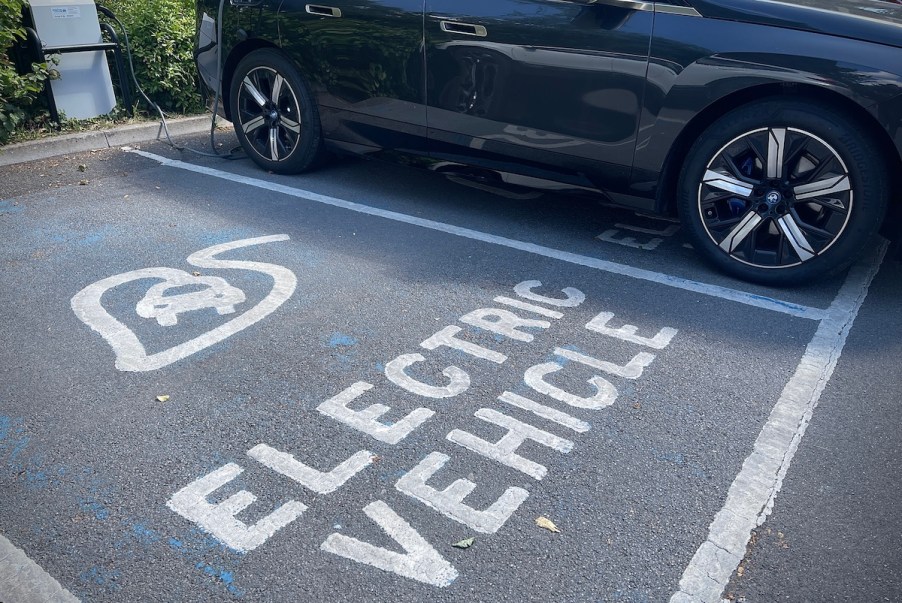
5 Things That Affect the Cost and Speed of Heating Your Electric Vehicle (EV)
The world is steadily racing towards a future where electric vehicles dominate the car market, but there are some challenges that EVs and EV owners have to face. EVs don’t do so well in the winter, and part of that has to do with the fact that using the heater can eat up an EV’s range. That being said, some EVs handle the cold better than others, and here’s a look at the five things that will affect the cost and speed of heating your electric vehicle.

1. Battery size is the most important factor for heating an electric vehicle
According to Recurrent Auto, one of the most important factors that affects how much an EV owner can use their heater is their battery size. The bigger the EV’s battery is, the more range it tends to have. As such, while drawing power for the heater will eat up some range, there should still be plenty of range left over.
Some EVs are also going to be more efficient with their energy than others, and this will allow them to get more range from a smaller battery. In general though, a 70-kWh battery pack should have more than enough power for the owner to use their heater. For comparison, the average American household uses about 30 kWh a day.
2. The battery’s remaining percentage matters a lot too
Similarly, another important factor is simply the battery’s state of charge, which is how much juice is left. If an EV is fully charged, then the range impacts of using the heater are largely negligible. But if the EV is at a low percentage, then using the heater will probably be a bad idea, as using the heater may leave you without enough range to get to your destination.
3. How much electricity your car heater uses is another major factor
Just like how batteries can be different between EVs, their heaters can be different too. Some heating methods are very inefficient, and they’ll suck up a lot of energy compared to the more efficient options.
On the other hand, because automakers know that winter is a pain point for EV owners, there has been a lot of innovation in this space in recent years. For example, Tesla has efficient heat pumps in its EVs.
On average though, a car heater will need between 1 kW to 5 kW, and it’ll need more if the car is cold and needs to get warmed up. As a result of all this, knowing how your EV heats itself is very important, as an efficient EV can keep its heater on for longer.
4. The outside temperature can play a big role as well
The outside temperature affects EVs in many of the same ways that it affects regular cars. Cold temperatures can cause your EV to use its energy less efficiently, which ultimately can reduce the car’s range.
On top of that, cold temperatures can make it so that the car heater takes longer to warm up, and that means even more electricity usage. Outside temps in the 55 to 75 degree range are ideal for EVs, and anything lower is going to need more energy.
5. Your other accessory usage can affect your ability to heat your electric vehicle
Many EV owners are aware of the fact that their car’s HVAC can use up a lot of range, but a lesser-known fact is that an EV’s accessories can too. After all, EVs run on electricity, and so does many other car accessories.
This includes things like the car’s electronics, the sound system, and even phone chargers. That being said, it’s tough to know exactly how much energy is being used this way. A kilowatt per hour is a safe assumption.
RELATED: The 5 Best Production EVs for Driving on Ice and Snow, According to HotCars


